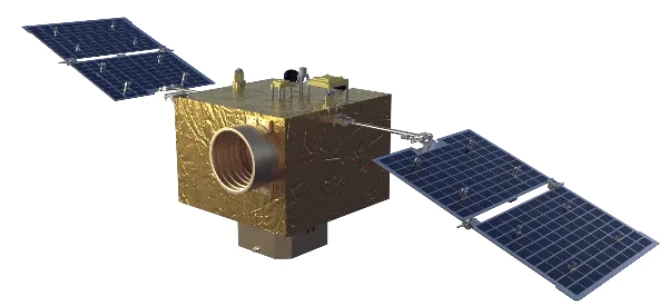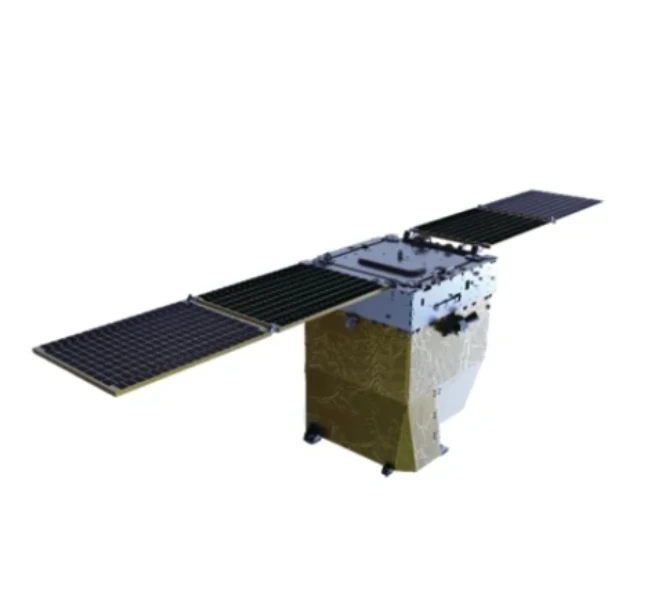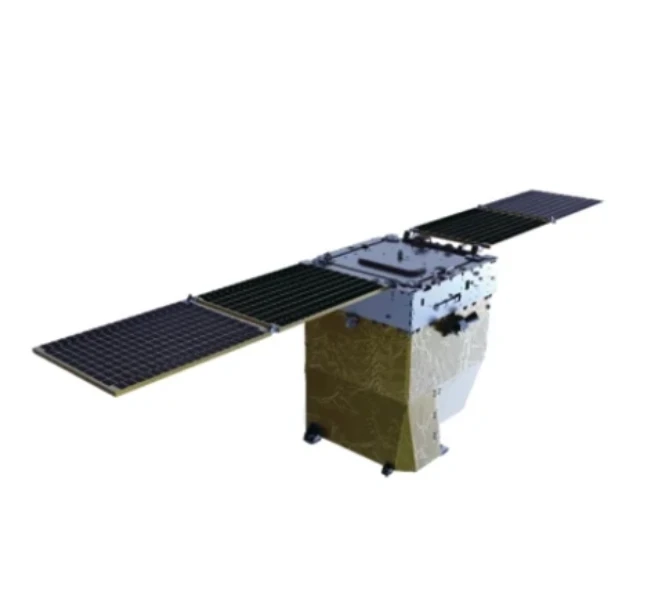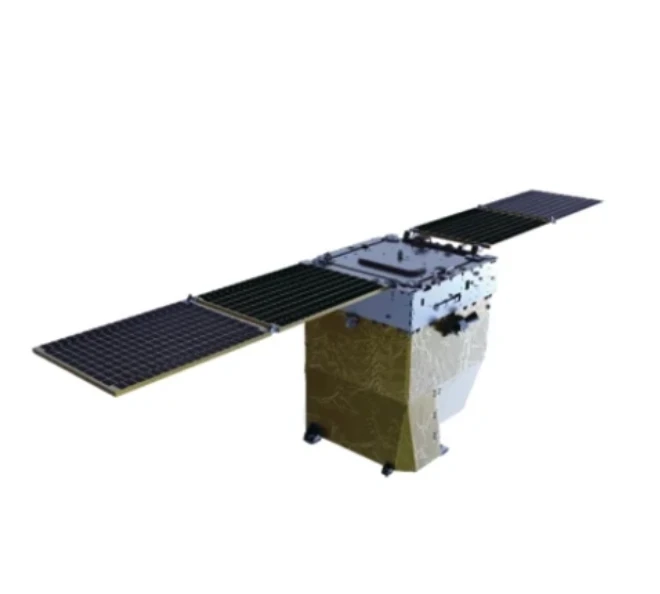
- африканский
- албанский
- амхарский
- арабский
- армянский
- азербайджанский
- баскский
- Белорусский
- бенгальский
- боснийский
- болгарский
- каталонский
- себуанский
- Китай
- корсиканский
- хорватский
- чешский
- датский
- Голландский
- Английский
- эсперанто
- эстонский
- финский
- Французский
- фризский
- галисийский
- грузинский
- немецкий
- греческий
- гуджарати
- гаитянский креольский
- хауса
- гавайский
- иврит
- Нет
- Мяо
- венгерский
- исландский
- игбо
- индонезийский
- ирландский
- итальянский
- японский
- яванский
- каннада
- казахский
- кхмерский
- руандийский
- корейский
- курдский
- кыргызский
- Труд
- латинский
- латышский
- литовский
- люксембургский
- македонский
- малагасийский
- малайский
- малаялам
- мальтийский
- маори
- маратхи
- монгольский
- Мьянма
- непальский
- норвежский
- норвежский
- окситанский
- пушту
- персидский
- польский
- португальский
- пенджаби
- румынский
- Русский
- самоанский
- шотландский гэльский
- сербский
- Английский
- Шона
- Синдхи
- сингальский
- словацкий
- словенский
- сомалийский
- испанский
- Суданский
- суахили
- шведский
- тагальский
- таджикский
- тамильский
- татарский
- телугу
- тайский
- турецкий
- туркменский
- украинский
- урду
- уйгурский
- узбекский
- вьетнамский
- валлийский
- Помощь
- идиш
- йоруба
- Зулу
Innovative Satellite Platforms Driving the Future of Remote Sensing
The landscape of space technology is rapidly transforming thanks to the evolution of the спутниковая платформа. These platforms serve as the essential infrastructure enabling satellites to carry out various scientific, commercial, and defense missions. Among them, the cubesat platform stands out for its cost-effectiveness and versatility, making space more accessible to a wide range of users. As the demand for precise and timely Earth data grows, satellite platforms in remote sensing have become indispensable tools in environmental monitoring, disaster management, and resource exploration.
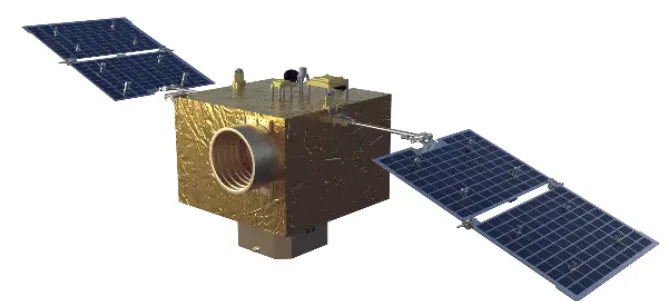
Understanding the Satellite Platform and Its Importance
A platform satellite constitutes the backbone of any satellite mission. It includes subsystems such as power generation, attitude control, thermal management, communication, and propulsion that support the payload’s operation. The design of a спутниковая платформа significantly influences the mission’s success by ensuring stability, reliability, and longevity in the harsh conditions of space. Modern platforms incorporate advanced materials and technologies to optimize weight and power efficiency, accommodating increasingly sophisticated sensors and instruments for remote sensing applications.
The Rise of Cubesat Platforms in Remote Sensing Missions
The cubesat platform has revolutionized satellite missions by standardizing a compact form factor that facilitates rapid and affordable satellite development. Typically built from modular units, these platforms can be customized for specific mission needs without the high costs associated with traditional satellites. In the field of remote sensing, cubesat platforms enable the deployment of satellite constellations that provide frequent revisits and high temporal resolution data. This capability is critical for monitoring dynamic phenomena such as vegetation growth cycles, urban expansion, and natural disasters, making the cubesat platform an increasingly popular choice among research institutions and commercial entities.
How Satellite Platforms in Remote Sensing Enhance Earth Observation
The role of satellite platforms in remote sensing extends beyond just hosting instruments; it involves sophisticated data collection, onboard processing, and communication systems to deliver actionable insights. These platforms support a variety of sensors, including multispectral and hyperspectral imagers, synthetic aperture radars, and thermal detectors, which collectively enable comprehensive analysis of Earth’s surface and atmosphere. The flexibility and robustness of a platform satellite allow it to maintain optimal sensor performance and ensure high-quality data transmission to ground stations. Enhanced onboard processing capabilities also reduce latency, enabling near-real-time applications such as emergency response and agricultural monitoring.
As the space industry continues to innovate, the combination of traditional satellite platforms and emerging cubesat platforms is expanding the horizons of remote sensing technology. Together, they enable more frequent, precise, and diverse data collection, empowering stakeholders across government, academia, and industry to make informed decisions that benefit society and the environment.
The future of remote sensing hinges on the continued development of adaptable and resilient satellite platforms in remote sensing, with the cubesat platform playing a key role in democratizing access to space and accelerating innovation in Earth observation.








